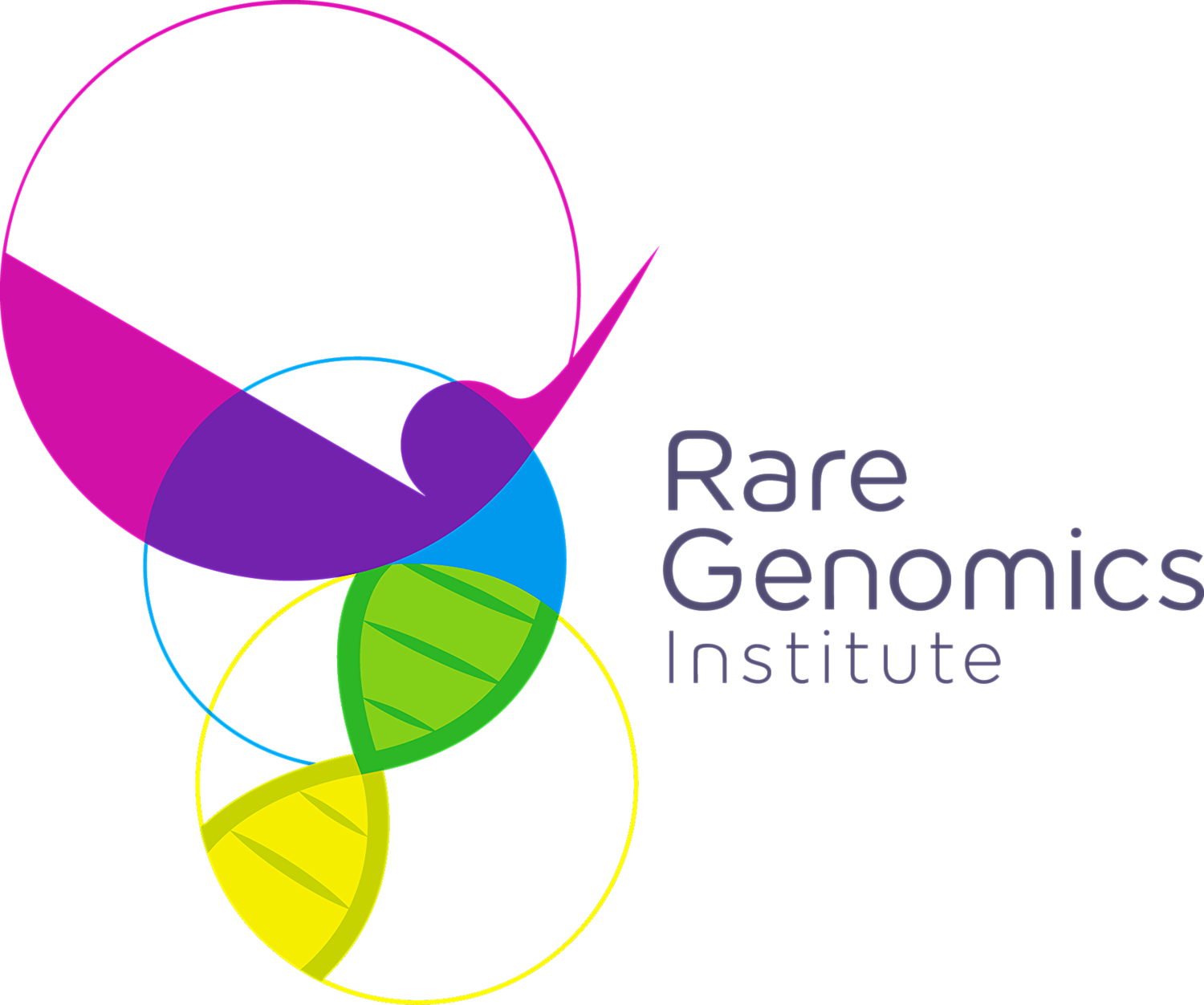Creative Intellectual Property Strategies for Rare Diseases
/Innovations in medical technologies and therapies play a major role in today’s advancements in public health. This in turn has resulted in the regulatory ethics paradigm (REP) which ensures the rights and welfare of the participants of clinical research. In the case of rare disease research, regulatory ethics are complex due to the need to balance assessment of the medical innovations with the rights of rare disease patients; all while taking into consideration the limited subject population, the time-frame to enable treatments, and the dissemination of information.
The rare disease patient cannot expect to have easy access to such information because drug development companies are protected by Intellectual Property Rights (IPR) for these treatments or therapeutics.
The article Rare Diseases and Intellectual Property: Creative IP Strategies by Karla Lant, Rare Genomics Institute, discusses the role of medical technology and the ensuing intellectual property rationale as pertaining to rare diseases; it also enumerates some creative strategies that might overcome this situation and in the process deliver a balanced benefit to the rare disease patient.
August 14, 2015
